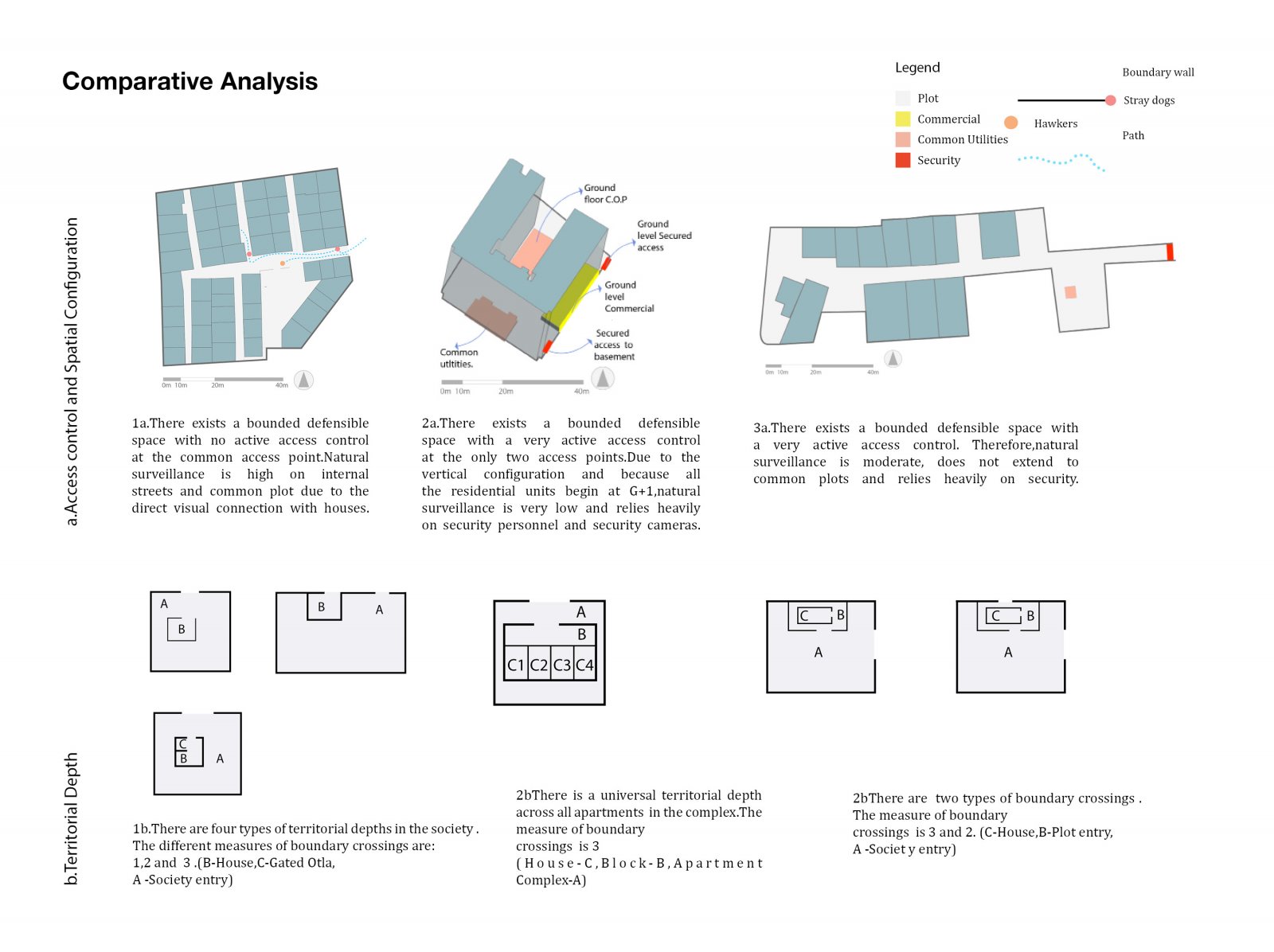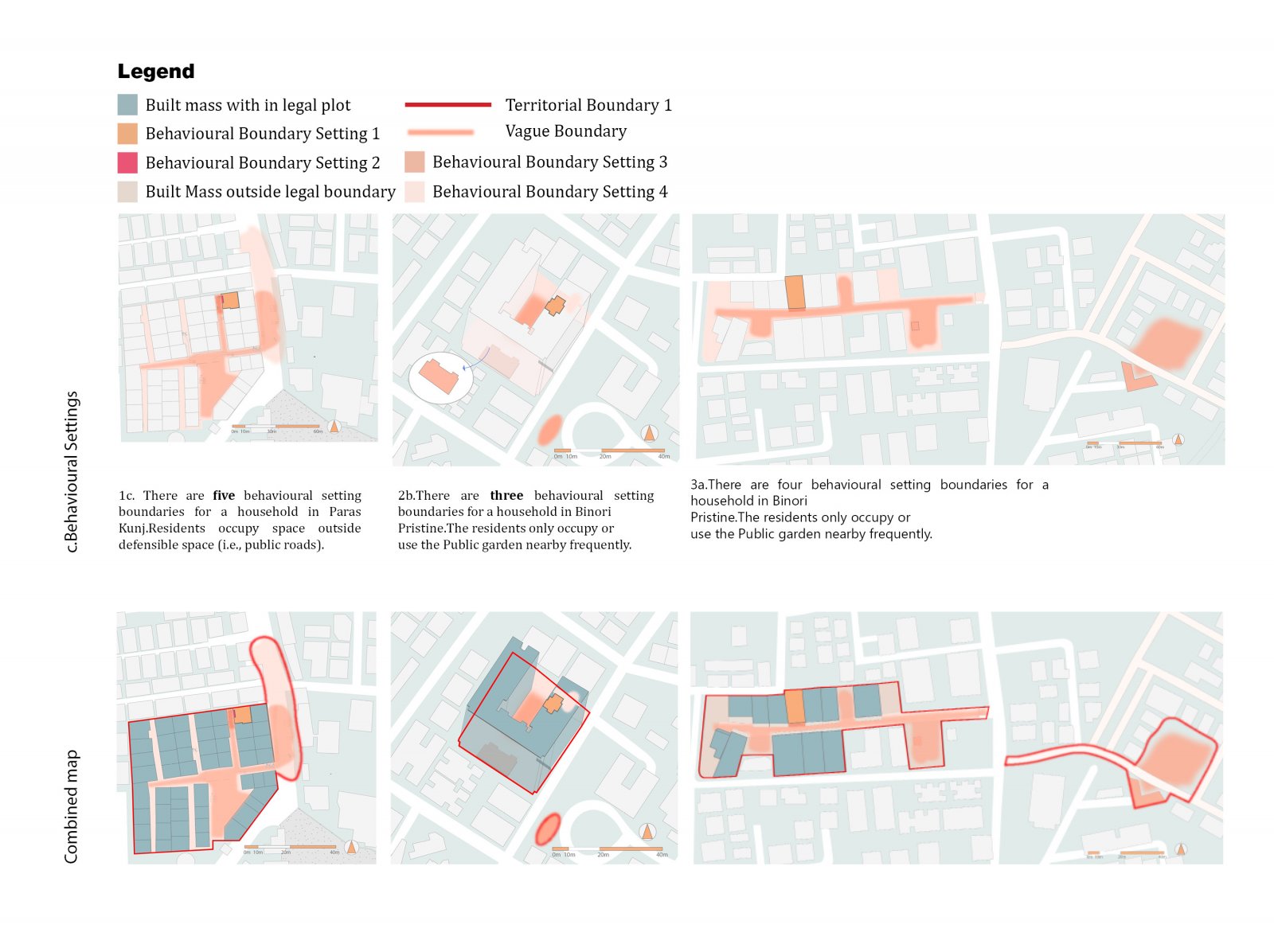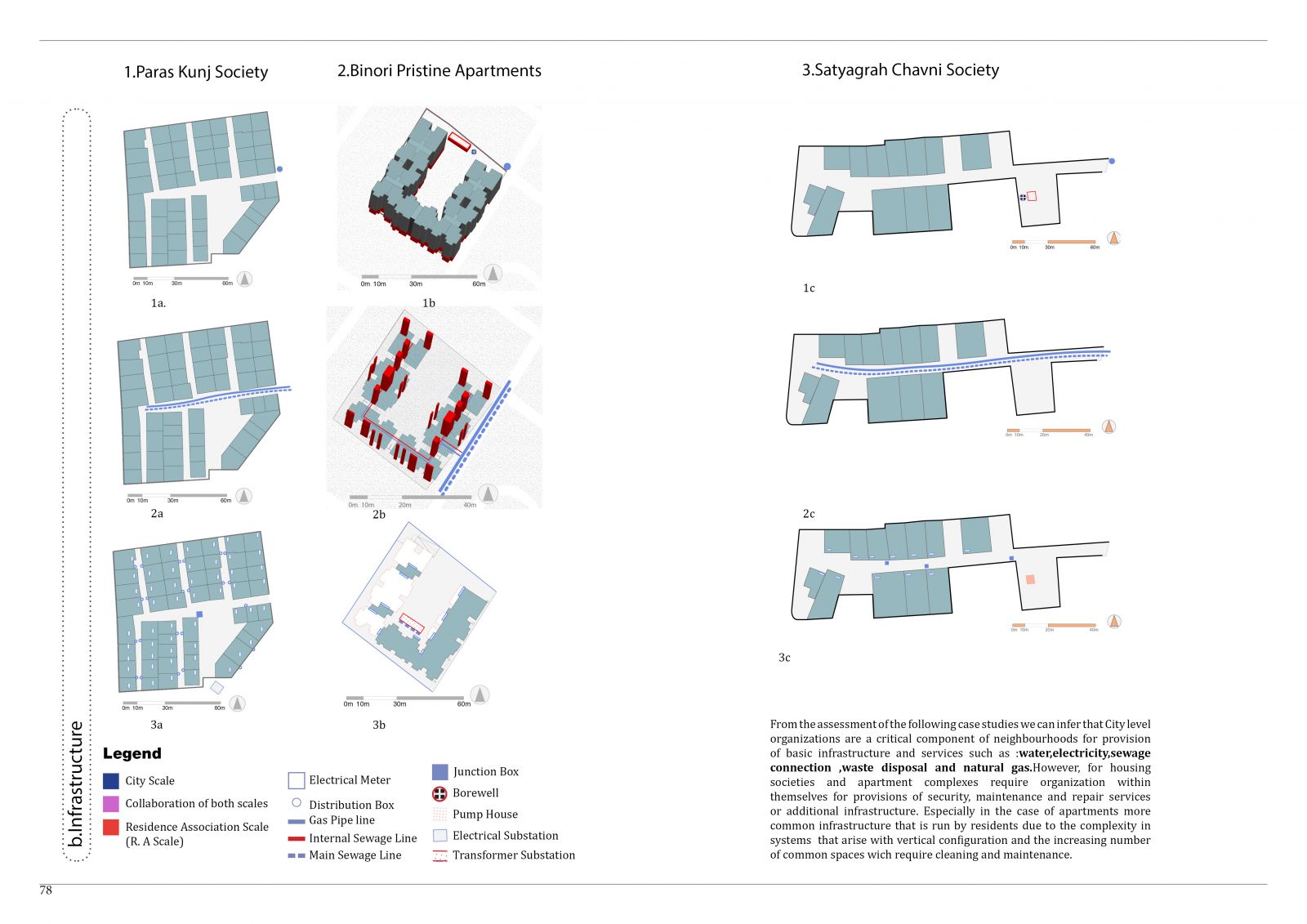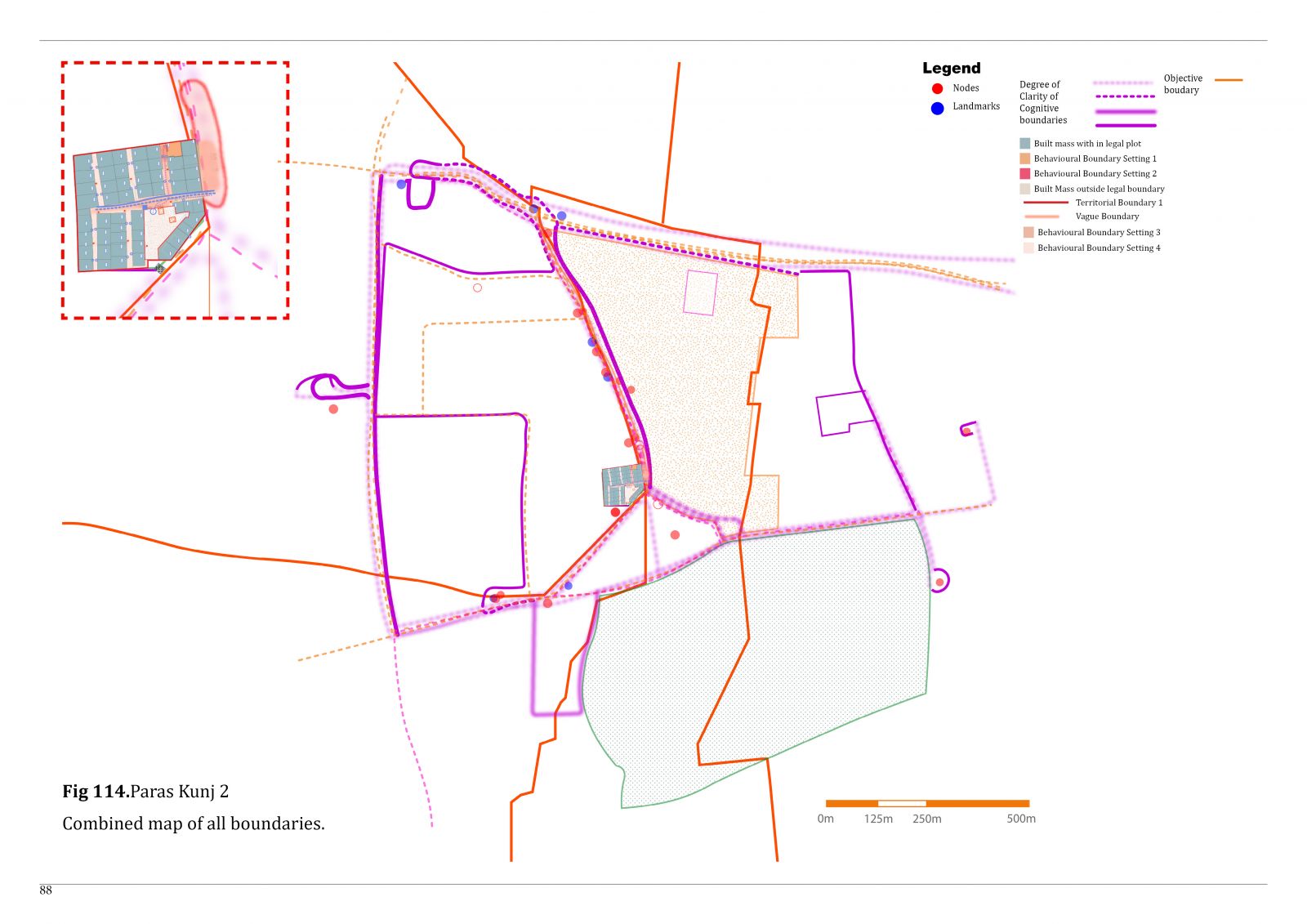Your browser is out-of-date!
For a richer surfing experience on our website, please update your browser. Update my browser now!
For a richer surfing experience on our website, please update your browser. Update my browser now!
There is an increasing shift towards the utilization of neighbourhoods as sites of substantial intervention activity. Concerns about a manageable operation, specific implementation, control, and responsiveness of the target population have led to more neighbourhood collaborative models in planning. Since Clarence Perry defined the ‘neighborhood unit’ in the 1920s, we see a growing interest in defining a socio-spatial unit for cities. The general trends of current research acknowledge the overarching definition of the term neighbourhood by recognizing its spatial, social, and cognitive interpretations. The variety of interpretations of the term brings an understanding of the wider context in which the term is used. However, when conducting empirical research and deriving methods of neighbourhood delineation, the ambiguous nature of the concept becomes an obstacle. There are significant research gaps in deriving methods to determine and identify the neighbourhood and its boundaries or lack of it thereof. There is a bridge to be crossed from theory to practical application. This research aims to investigate the nature of neighbourhood boundaries.








